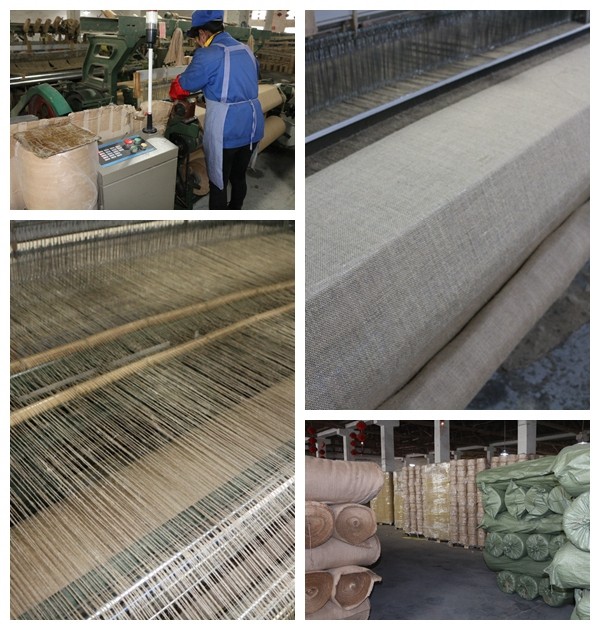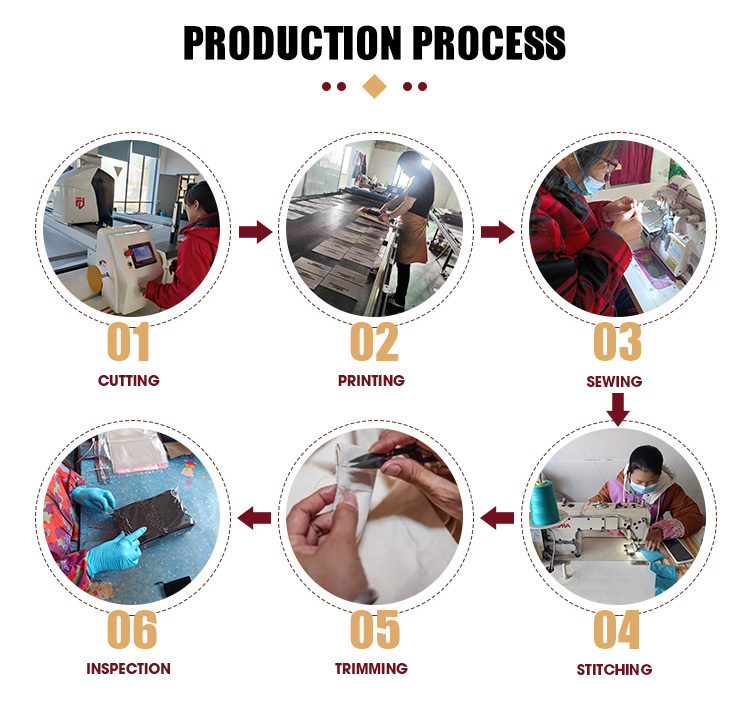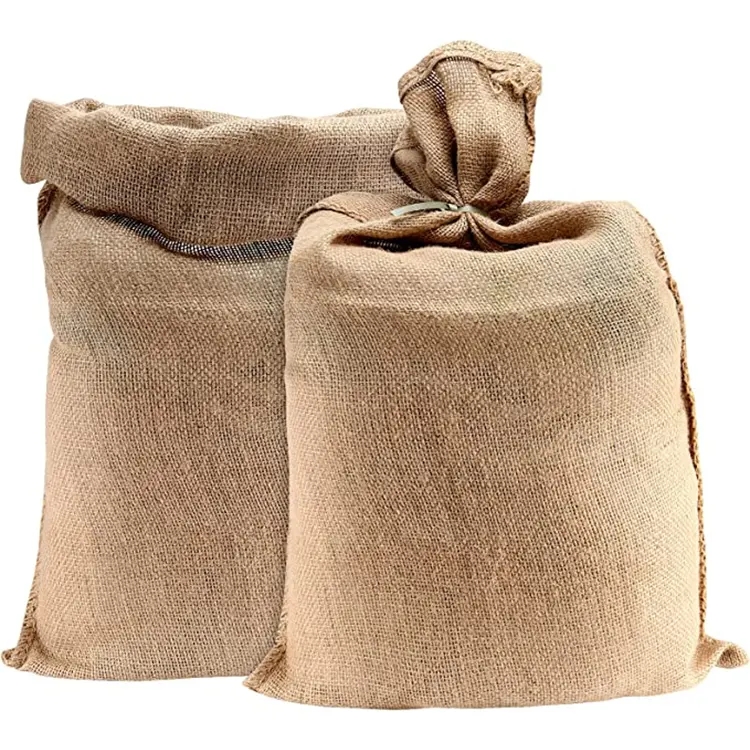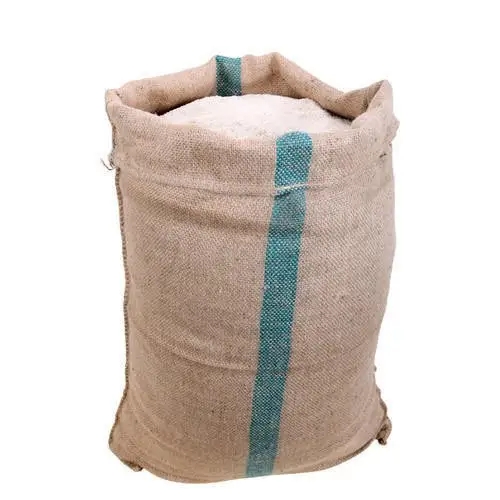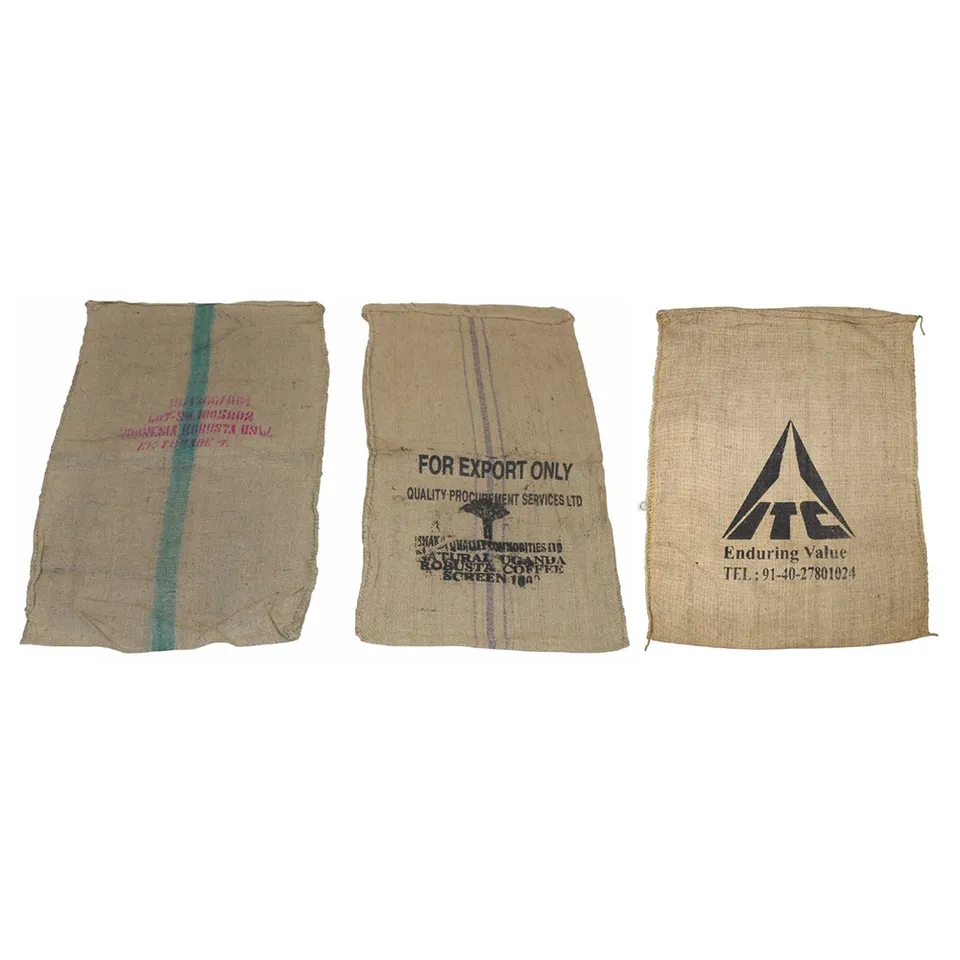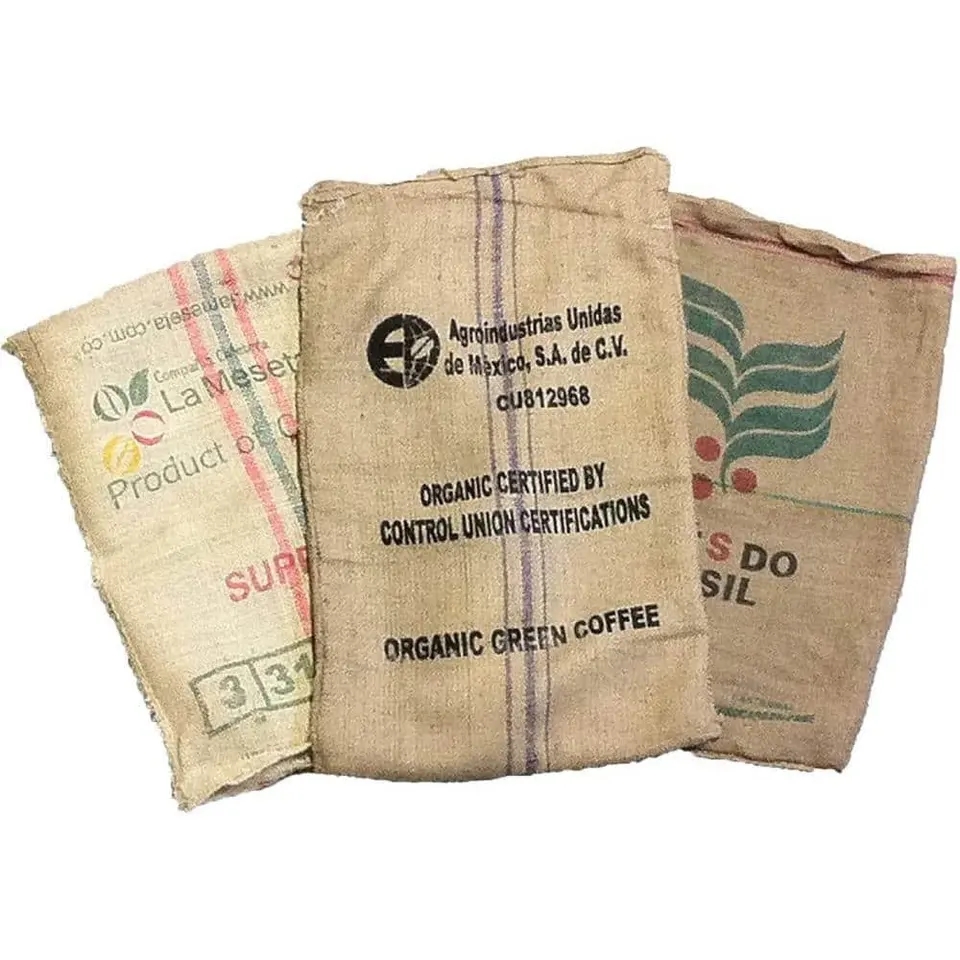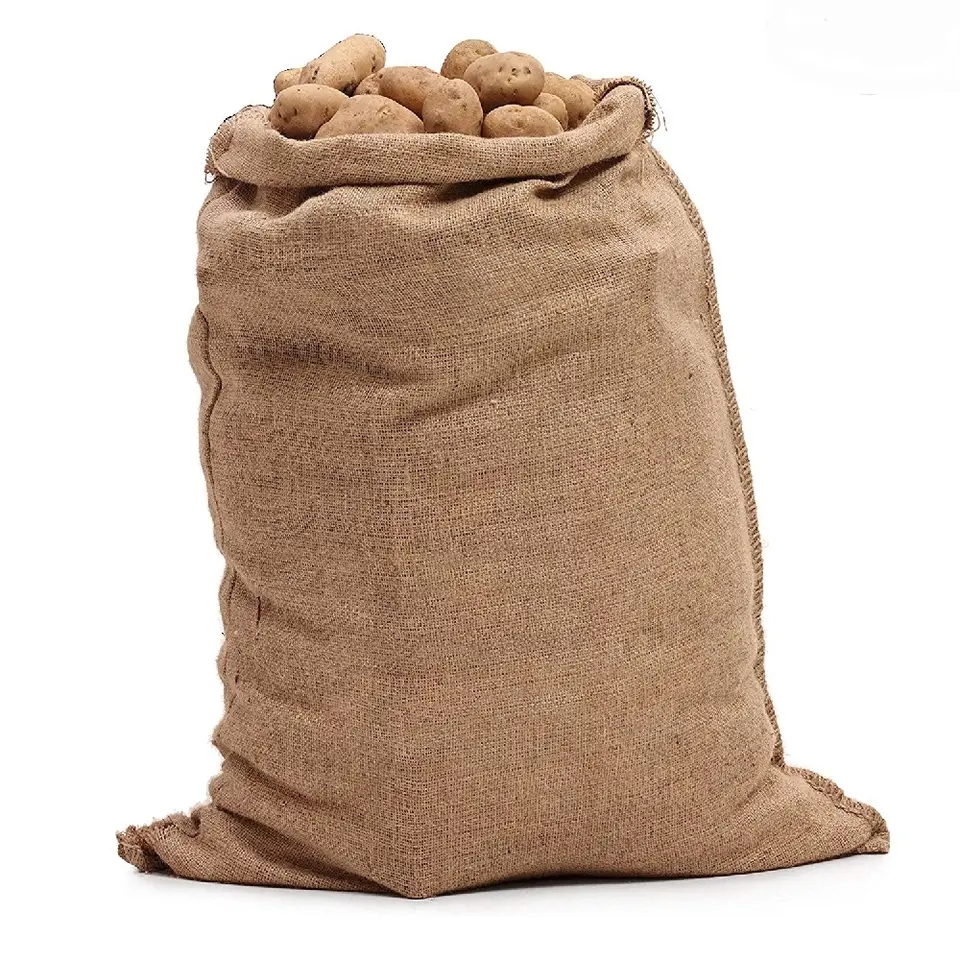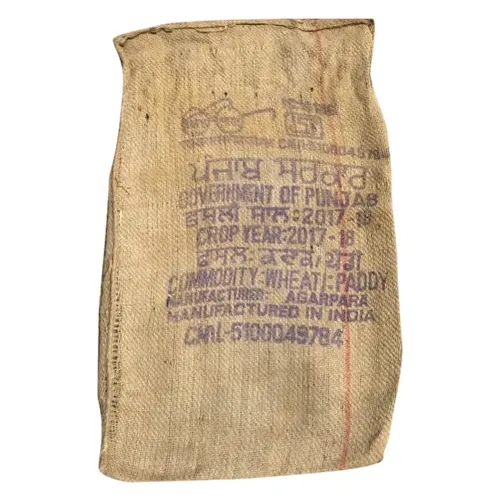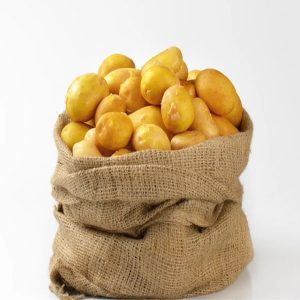Jute Sacks: The Eco-Friendly Packaging Solution for Sustainability
Introduction:
In an era where environmental concerns are paramount, the significance of sustainable packaging solutions cannot be overstated. Among these, jute sacks shine as a versatile and eco-friendly choice. Crafted from natural jute fibers, these sacks offer an array of benefits, from their biodegradability to their strength and versatility. This article delves into the remarkable features of jute sacks, showcasing their positive impact on the environment and their role in promoting sustainable practices.
Biodegradable Marvel:
Jute sacks stand as a beacon of eco-friendliness, owing to their inherent biodegradability. Comprising organic plant fibers, these sacks naturally decompose, leaving no harmful residues behind. This attribute is complemented by the renewable nature of jute cultivation, making them an ideal choice for reducing our ecological footprint.
Strength in Nature:
One of the standout qualities of jute sacks is their impressive strength. Derived from the inherent tensile strength of jute fibers, these sacks boast the ability to withstand substantial loads without compromising their structural integrity. This attribute makes them invaluable for securely packaging and transporting a wide range of goods, including agricultural produce and industrial materials.
Unmatched Versatility:
The versatility of jute sacks knows no bounds. From packaging perishable items that require proper air circulation to accommodating heavy-duty industrial materials, these sacks prove their adaptability across diverse industries. Their natural breathability sets them apart, making them a preferred choice for goods that require ventilation.
Economic and Ecological Harmony:
Jute sacks strike an ideal balance between affordability and environmental consciousness. Their cost-effectiveness compared to synthetic alternatives presents an attractive proposition for businesses. Additionally, the minimal chemical inputs required in jute cultivation and processing contribute to a reduced carbon footprint, aligning with sustainable production practices.
Cycle of Recyclability:
Beyond their primary purpose, jute sacks embrace the principles of a circular economy through recycling and repurposing. This feature aligns with the growing demand for reducing waste and promoting responsible consumption. Moreover, the jute industry fuels local economies by generating employment opportunities, particularly in regions where jute cultivation is a tradition.
Conclusion: Embracing a Greener Future:
Jute sacks embody the essence of sustainable packaging – a fusion of environmental consciousness, strength, and versatility. Their biodegradability, exceptional load-bearing capacity, and positive economic influence position them as a leading choice for those seeking eco-friendly alternatives. As industries strive to align with environmentally responsible practices, jute sacks emerge as an emblem of progress, offering a tangible pathway towards a more sustainable future.


